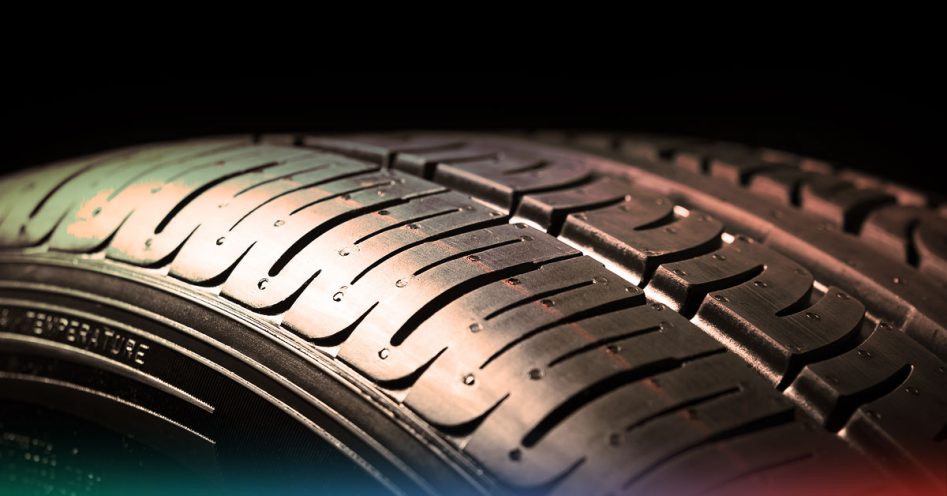The chances are that your car won’t have moved (far) during lockdown. But how can you ensure that your car is ready to go when the time comes to use it more regularly?
Cars are made to be used and without regular use their condition can deteriorate. A few preventative measures can help combat this. In this article I discuss a few things that I do to maintain my summer-use only car in a ready-to-go-state.
Charge the battery
The last thing you want to discover when you go to use your car is a flat battery. Battery capacity deteriorates more as the weather warms, although the life may actually improve. To help maintain it, try running the engine each week for at least 30 minutes with everything which makes a drain on the battery (lights, heater, air conditioning, music) turned off. Avoid starting the engine for a brief time as starting takes a lot out of the battery capacity.
If you are able to, a battery trickle charge is ideal to keep the battery in peak condition during periods of inactivity.
Operate the brakes
Without use, disc brakes will begin to glaze over. This is especially true if they ae subject to getting wet if the car is kept outside. If you have a driveway, when the engine is running, move backwards and forwards a few times and apply what brake pressure you can. When you eventually get on the road, when it is safe and clear to do so, hit the brakes hard repeatedly to clean the surfaces of the disc up. Don’t be alarmed if they make a grinding noise to start with; it should stop as the disc surfaces clean up.
Use the handbrake
If possible, park without applying the handbrake. If this is not possible, try operating it to avoid it locking on. Conversely, if it is not needed when being parked (in a garage perhaps) then simply apply and release a few times to ensure it doesn’t seize up in the unapplied position.
Dip the clutch
Without use, the clutch release bearings can seize up. Even if you cannot start or move the car, simply depressing the clutch pedal a few times periodically should avoid seizure.
Tyres
Tyres which do not move for a period of time can form flat spots created by the weight of the car constantly being over one area of the tyre. These cannot be removed once formed. Moving the car a small distance (15 cm) will help combat this if you have the ability and space to do so.
Coolant levels and tyre pressures
Keep an eye on these and maintain them at the correct levels and pressures if you can.
Run the engine if you can
I’ve already mentioned this under the battery section but, if you can, running the engine for at least 30 minutes each week (even if you are unable to move the car) enables the moving parts to lubricate and for everything to get up to temperature.
Dealing with bird droppings
The enemy of paintwork. Remove these as soon as you notice them. It left unattended to, bird droppings can cause serious damage to paintwork. Remove with water and a sponge/microfibre cloth. Alternatively, proprietary bird dropping wipes are available.
Conclusion
With a few simple checks and procedures it should be possible to keep your car in good condition ready to use when the time permits.
Operations Director
One of the Directors of Optima, Kevin is responsible for the day-to-day running of the company. He is also responsible for the company’s Corporate Governance, financial planning and budgetary control, resource planning and our compliance with Health and Safety laws. He is, to say the least, analytical and highly organised. More about Kevin.
Ask Kevin about Software Solutions / APL Consultancy / APL Legacy Systems Support
- IT Considerations for Preparing to Return to Office Life
- Working from Home – The Pros and Cons I’ve Noticed So Far
- How to Move Steam Games to Another Drive
- Electric cars – are we going back to the future?
- How to Access Your Office PC from Home Using RemotePC
- How to Help the Fight Against COVID-19 from Home
- Top Car Museums of 2016

